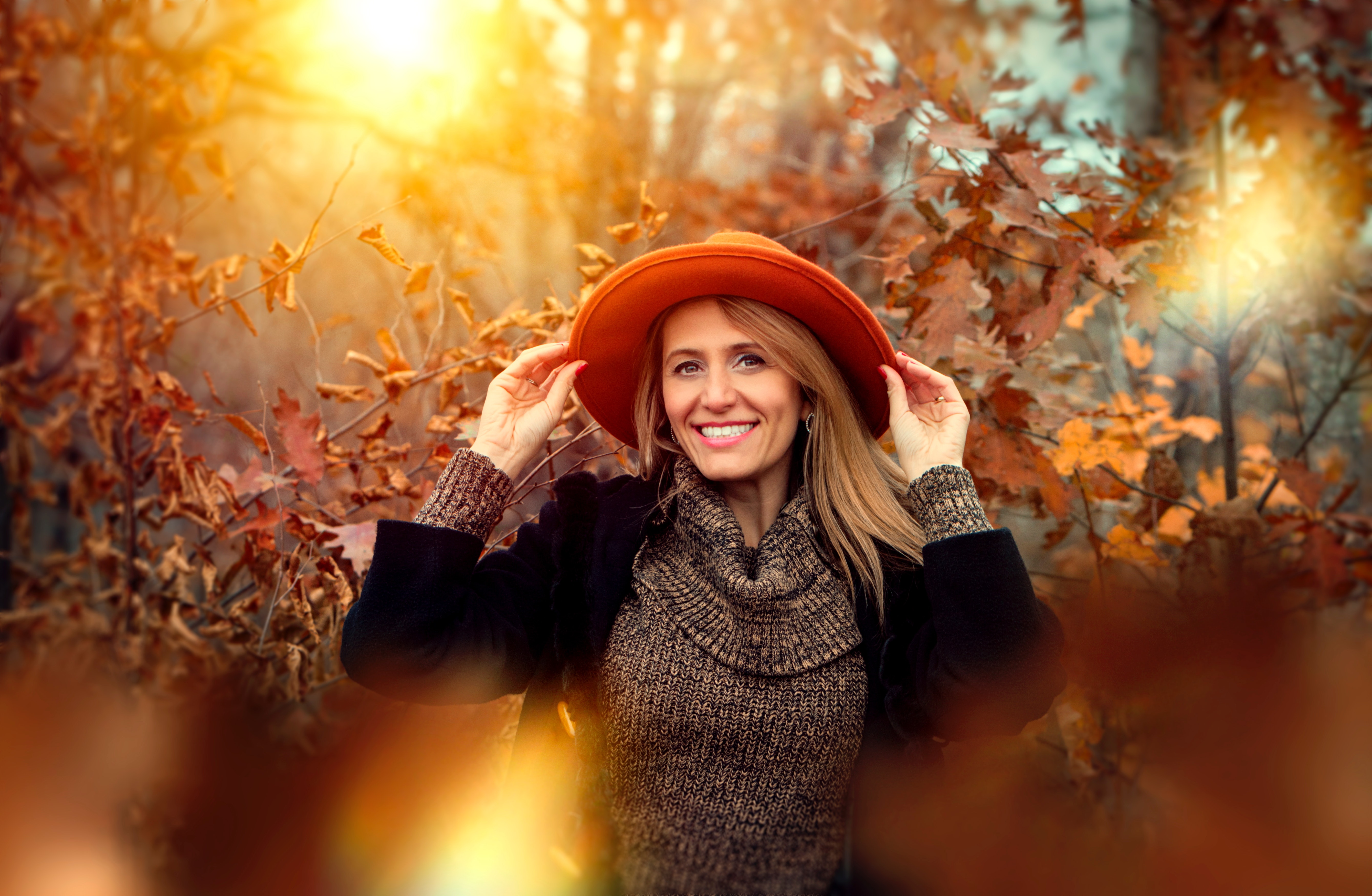Even though summer is over women in Act 2.5 must remember that the sun’s rays, no matter the season, can be damaging to your skin.
Many of us can already see the damage the sun has done over the years by the various colored brown tones speckling our skin. These brown spots or what some call liver spots (although the liver has nothing to do with them) appear from the body producing an excess amount of melanin, which is the pigment that gives skin its color. Sunlight is one of the main culprits of brown spots because when skin is exposed to the sun’s ultraviolet rays it produces extra melanin to protect itself.
Unfortunately, most women will develop age spots after they reach age 40. Not surprisingly, they are more common in lighter skinned people. Although age spots are harmless, it’s important for women in Act 2.5 to get regular check-ups with a dermatologist to ensure that what you think are age related spots aren’t something more serious.

According to the American Academy of Dermatology (AAD) there are essentially two types of treatments for age spots: Procedures – which are usually done by licensed professionals and Creams and Lotions – which can be prescription strength or purchased over the counter.
Learn more about ways we can fight back the natural phenomenon of aging skin in Love the Skin You’re In.
To help you decide which treatment option is best for you, the various methods and products are described below.
Procedures:
- Laser Treatments – One or two sessions will treat age spots quickly. The results will be longer lasting than if you use a lotion. Possible side effects include a crusting or temporary darkening of the age spot, but these will fade quickly.
- Cryotherapy – The dermatologist uses a cotton tipped swab to apply liquid nitrogen or another freezing agent to the age spot to destroy the extra pigment. The skin will become lighter as it heals. It can be painful, but quick. Side effects may include blistering, redness and some swelling.
- Microdermabrasion – Tiny mineral crystals are sprayed onto the skin, which is then gently rubbed with a specific device to remove the surface layer of cells – similar to exfoliation. It is less expensive than laser treatments and has less side effects. It may, however, not be as effective for some skin types. It also may require 3-4 treatments. Side effects include slight redness and tightness.
- Chemical Peel – An acid is applied, which burns the outer layer of your skin. As the skin peels, new skin forms. It may take several treatments to see results. Side effects include redness and a risk of a permanent change in skin color.
Creams and Lotions:
- Creams and lotions require time and discipline. While it may take a bit longer for brown spots to lighten, it can be done at home and at a much lower cost. It’s highly recommended to ask your dermatologist for a recommendation, as some products may contain harmful ingredients, such as mercury or steroids. The skin lightening lotions prescribed by dermatologists usually contain Hydroquinone, an active ingredient that prevents the skin from producing melanin. These products usually have a strength of 3-4 percent whereas over-the-counter products will have a strength half that amount. (It’s important to note that in some countries Hydroquinone has been banned. The U.S. had not banned it because doctors feel a low dose is safe, but they closely watch their patients.) In addition, some products may contain retinol and alpha hydroxy acid, which may speed up exfoliation of the skin. It’s important to note that it may take several weeks to months to see noticeable results.
- It’s important to use a small amount on a patch of your skin for any product you choose to make sure you won’t have a reaction.
One of the best ways to combat age spots is to use a sunscreen of at least 30 SPF. Select a moisturizer or makeup that contains an SPF so you know your skin is protected every day.

